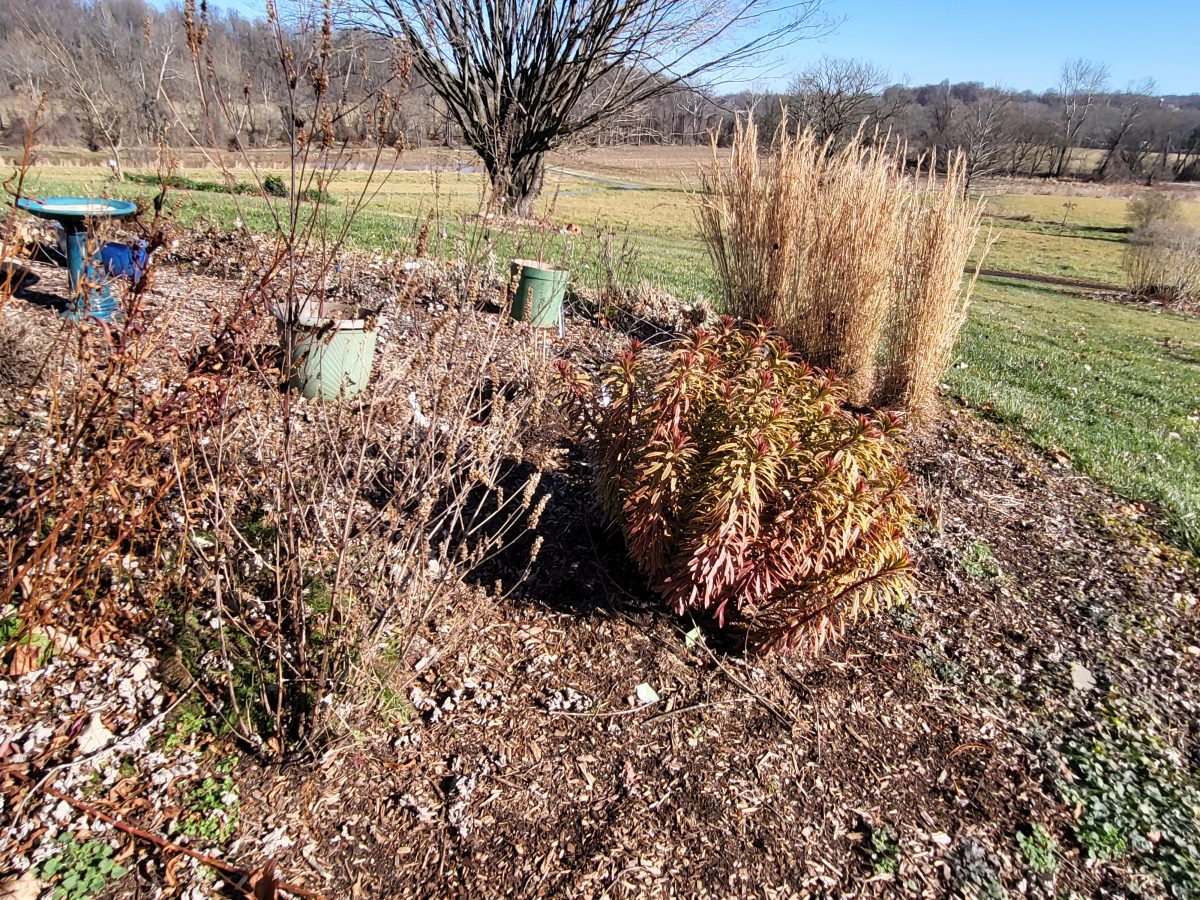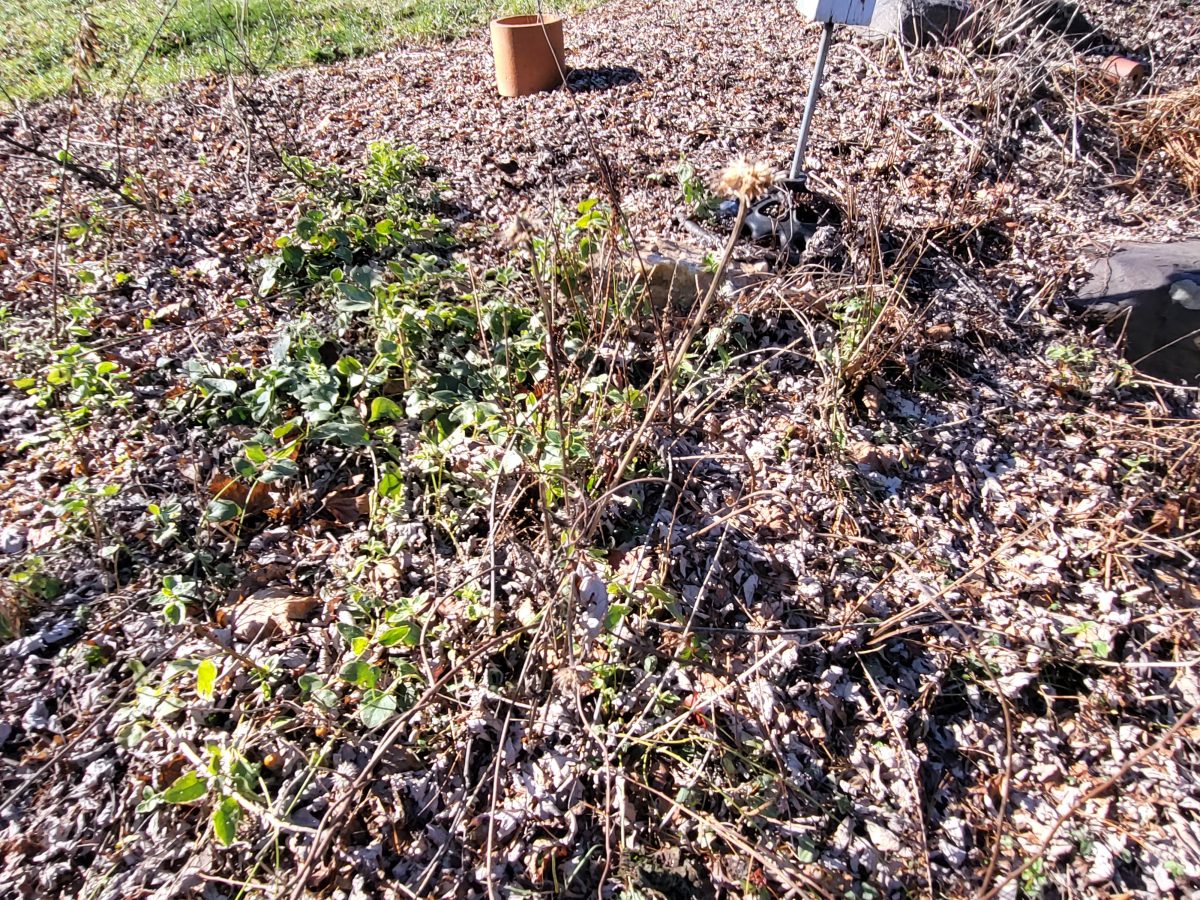News
Where are pollinators in winter?
February 1, 2024Contributed by Beatrice Filburn, Harford County Master Gardener
Isn’t it wonderful to witness the pollinator insects on our flowers and our vegetable blooms?
When we plant our seeds in the spring and early summer, we have visions of beautiful flowers and vegetable plants being visited by pollinators to produce the fruit, vegetables, or to continue a life cycle. Pollinators, like birds, need certain conditions to propagate and complete a life cycle. It doesn’t stop when we witness that beautiful butterfly feeding on a flower, or bees flying from flower to flower for cross-pollination. Insects don’t just disappear then magically appear the next year. These insects also have a life cycle that must be completed for their return next year. We can help them with our gardening practices.
Freeze avoidance and freeze tolerance are two major insect strategies. Insects that migrate leave to find a relatively warm place to overwinter. And for most of these insects they spend the winter continuing their life cycles in a warmer place. The insects that return in the spring are not the same insect that migrated to a warmer place. This is the case for most monarch butterflies.
Other insect species typically die out in the fall and new insects fly in or are blown north with spring storm fronts to recolonize the area. Most leaf beetles present in late fall die when air temperatures drop below freezing, but some find enough protection under plant debris and loose soil to survive. Spotted cucumber beetles and black cutworm typically die out in the fall. Bean leaf beetles also die out. It is good to clean up debris and dead plant material from your vegetable garden in the fall to help remove unwanted garden pests.
Honeybees adapt to survive winter without becoming completely dormant; they change their behavior and physiology to increase survival during cold weather. Their winter life span is longer, and they do not rear new bees. They cluster together in the hive and hover their flight muscles to produce heat, keeping the cluster greater than 50 F. On some warmer days the outer bees can reach the honey stores to bring a source of energy to the bees in the inner cluster.
Some freeze tolerant insects are able to stop ice formation from within their cells. They may find a very dry place to hibernate. Their bodies are very small and contain little water. Some insects can control where in their bodies’ ice forms, so their organs are not damaged, and in spring the insects become active again.
Some insects move into our homes, such as Asian ladybeetles and boxelder bugs and marmorated stinkbugs. Others may find shelter in sheds, attics, under porches, under dead plants and in tree bark.
Stem nesting bees hibernate in flower stems during winter. Cutting back flower stems to various heights may help these bees to find shelter and an egg laying site in spring.
Insect species overwinter in various developmental stages; egg, larva, nymph or adult. Freeze tolerant Insects have evolved many coping mechanisms to survive winter.
Reference: Nebraska Extension in Lancaster County


Grow Wild is a Harford Land Trust program established in 2023. Grow Wild serves all of Harford County, Maryland. Our focus is on educating and engaging urban and suburban residential communities in this region about the benefits of converting at least a portion of their yards to more natural spaces, where pollinators and other wildlife can thrive.
